Diving is quite easy when you just jump from a boat in a single tank configuration and drift over a shallow reef but when it comes to tec or cave diving, where you have to carry more gear, hold position or dive longer, it can be more difficult.

First, you may notice it during training; building new muscle memory, having good mind-body connection and being able to work long hours in the water without getting tired helps immensely. Also, learning new skills in a new equipment setup, paired with the Mexican heat, and taking part in land drills and theory sessions is no joke. A lot of divers coming for training underestimate how physically demanding it can be. Being sore, exhausted, and therefore unable to perform well underwater during training is quite common among novice tec divers and even dive professionals. In some cases, training is halted because of exhaustion.

Overall, the more challenging dives you aim for, the more fit and physically prepared you should be. We need a healthy circulatory and respiratory system. Any alteration to the circulatory system will have some effect on gas transport, and we want to be able to offgas as effectively as possible to decrease the risk of DCS. Healthy lungs also provide better ventilation, that helps us to utilize oxygen efficiently and allows us to work harder without an increase in RMV (Respiratory Minute Volume). A diver in good physical condition is able to swim farther, successfully assist another diver and respond to stress better.
I’d say, divers should be fit enough to handle themselves, but also to assist their teammates if needed. That’s why it is important to work on all components of fitness since we use our strength, endurance and cardiovascular system, mobility and flexibility while diving.
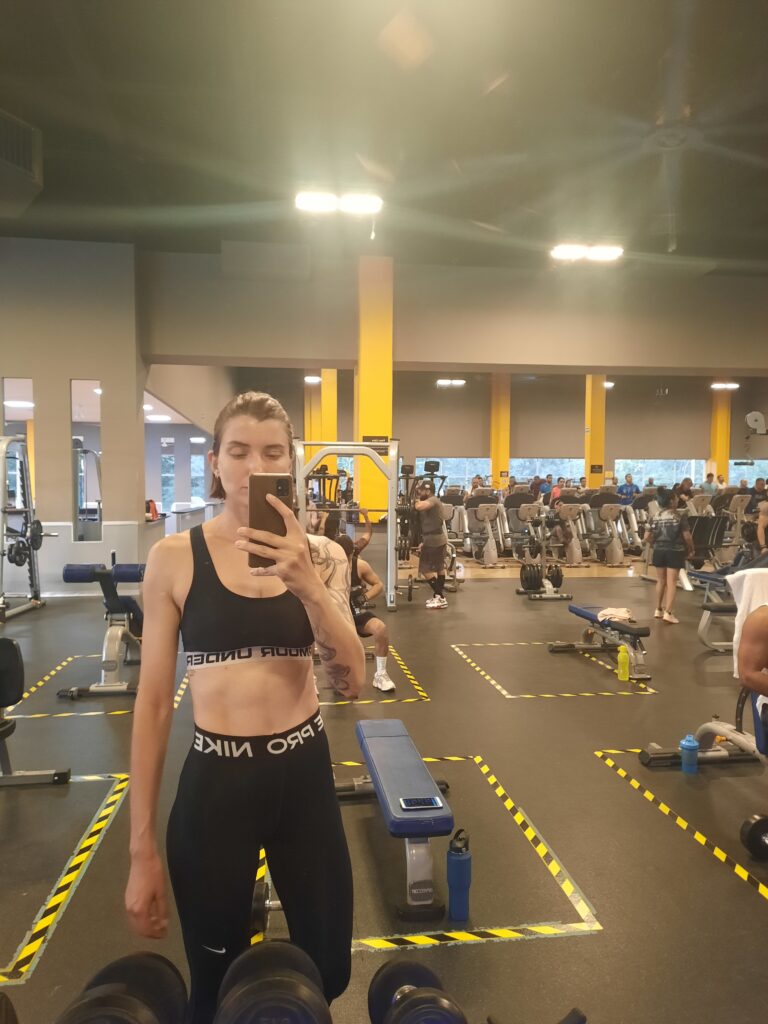
I’ve tried numerous workout programs and styles during the past 15 years and I can tell you that there is no “one size fits all” solution. However, there are a few things about my regimen that can help you with diving and I would like to share them with you.
Let’s talk about strength first. Walking downstairs in doubles, carrying tanks through the jungle, effectively frog kicking – this all requires a certain amount of muscle. Good old strength and resistance exercises, like deadlifts, squats and bench presses will help you to create a solid base. These are compound movements involving multiple muscle groups. Deadlifts will activate most of the muscles in your body – traps, abs, core, lower back, glutes, thighs and calves- and you will be able to move heavy objects off the floor safely keeping your back protected and with proper technique. Squats target almost every muscle in your posterior chain, a lot like the deadlifts, with more focus on your glutes or hamstrings depending on the variation you pick. It is one of the most natural movement patterns for our bodies. Pushing movements, like a pushup or chest press, strengthen the upper body through vertical or horizontal movement against resistance. You also could add pull movements to work on your back more, like bent over rows and pull downs and some more push movements like overhead press to mimic all types of movements your body naturally does. The final goal would be to move all major muscle groups.
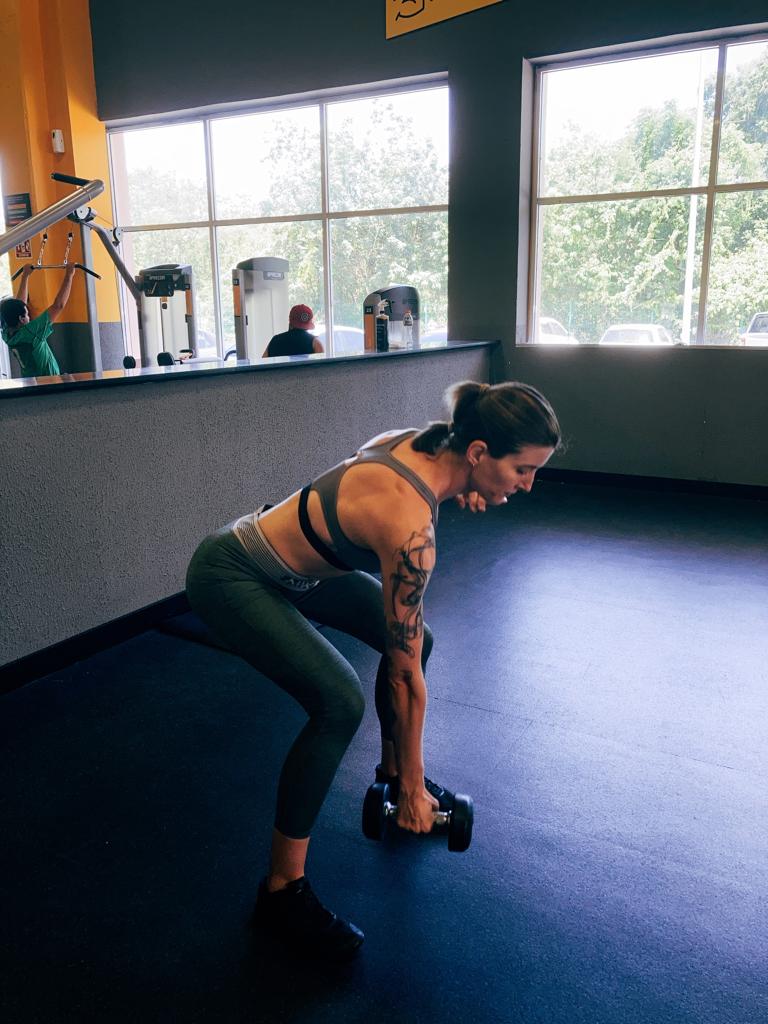
Additionally, I would highly recommend to include some form of core strength training. Core plays a big part in our lateral stability underwater and also keeps our back healthy. Try to engage deeper core muscles, such as pelvic floor, abs, internal obliques and diaphragm. These deep muscles essentially corset the waist and support the hips, pelvis and spine, which play a powerful role in stabilizing and supporting our bodies. I find Pilates, crossfit exercises and yoga being the best ways to do so.
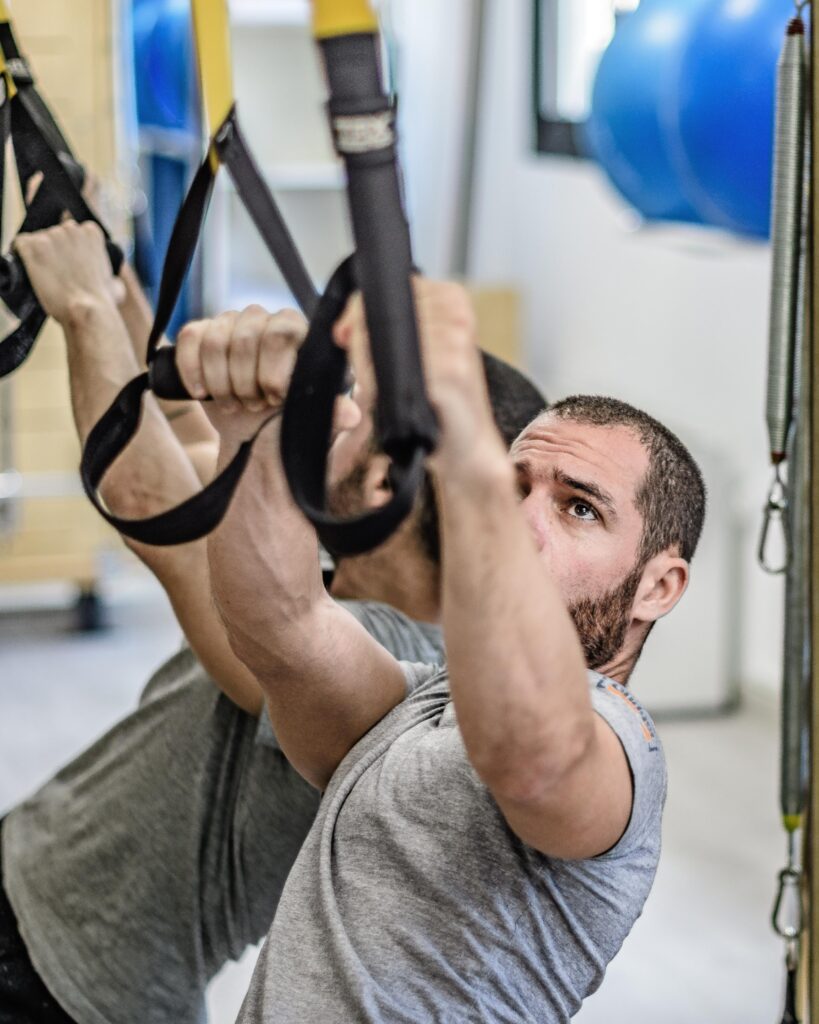
You can do resistance (strength) training a few times a week, three times works best for most people. I prefer to focus on one heavy lifting day and add more dynamic exercises to the other two, while using lighter weights. I keep it short, 50 minutes or less since you can either train hard or long but not both! Core day is a separate day for me, but can be incorporated into any routine easily. It also pairs nicely with endurance training.
Endurance is your ability to continuously exert force and push yourself to your limits for long periods of time. We want to be able to finish our dive while still having enough energy to safely exit even if we have to deal with some emergencies on our way out. Also, diving doesn’t end when you surface. You still need to take care of your gear, and sometimes safely drive back to the dive shop or home. If only I could count the amount of times people fell asleep in my truck after diving!
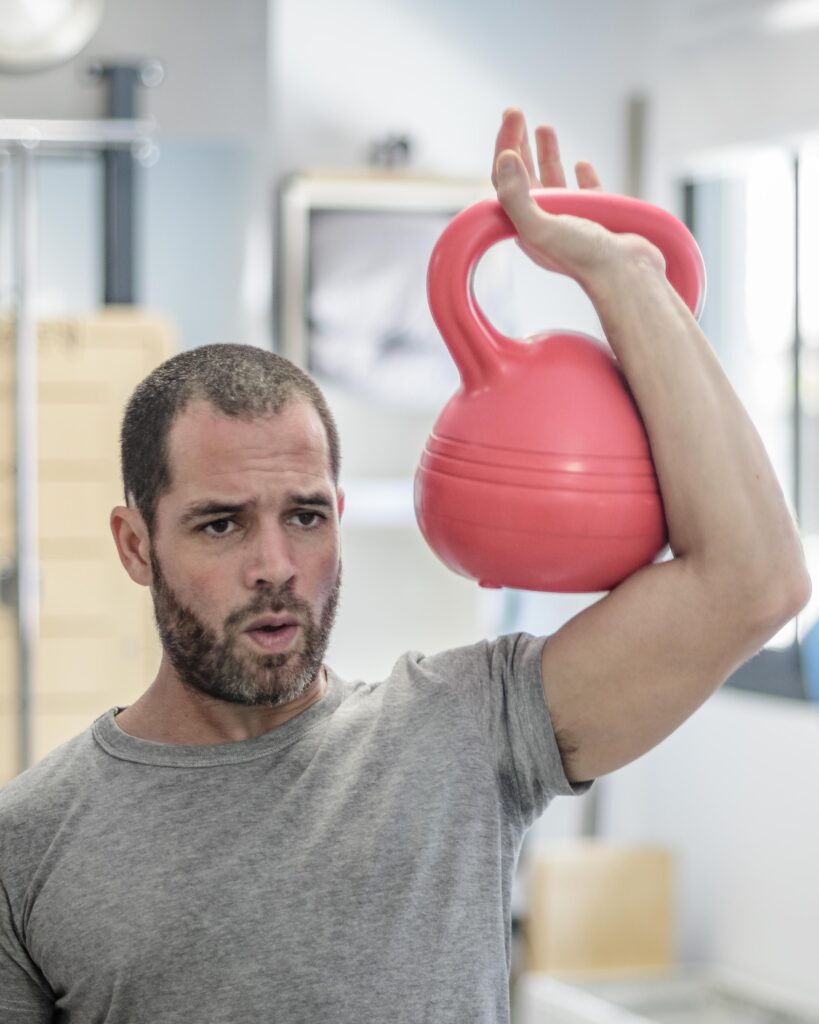
Any type of high intensity interval training (HIIT), running, walking or swimming, will help you with the cardiovascular system and increase your endurance over time. Just pick any activity you like and stick to it. Since I hate cardio, I make it entertaining with various HIIT intervals, gymnastic style training and plyometrics. No need to overdo it, since diving itself is an anaerobic activity, so I spend maybe 40 minutes a week on my endurance training.
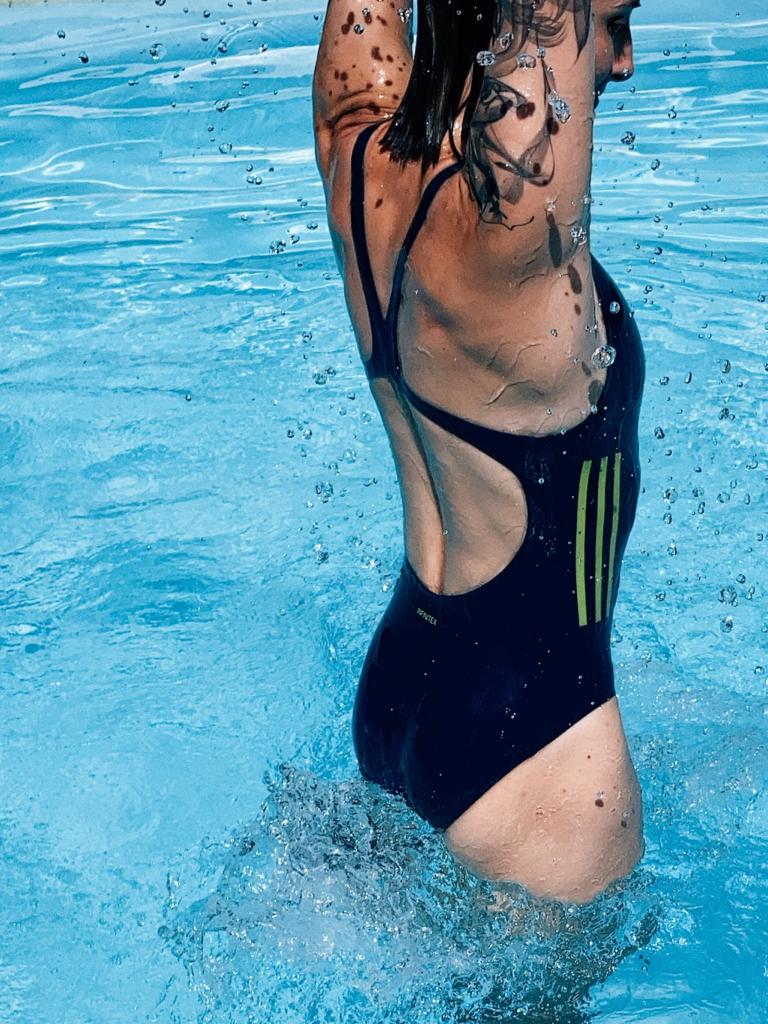
Mobility and flexibility are keys to overall performance and healthy bodies and it also helps with our diving. In the gym it may be impossible to do certain exercises if we struggle with mobility and in diving we will see the struggle reaching the valves or holding a horizontal trim and executing certain drills, mobility is just as important as strength and endurance. I usually start my days with some stretching since my muscles are often under tension due to the amount of time I spend diving. Having a separate day for something like yoga or stretching is perfect, but just adding 10 minutes to any routine works really well. Mobility is best done before and stretching after the main training session.
I also try to incorporate some balance and peripheral vision improvement drills, agility skills and corrective exercises into my routines to keep it fun. Balance exercises could be as easy as staying on one leg with your eyes closed or as complicated as single-leg deadlifts. By practicing balance exercises, we gain a sense of control and awareness of our joints and how they function when we are moving. Balance training also gives more power and force because we learn to use our center of gravity more efficiently.
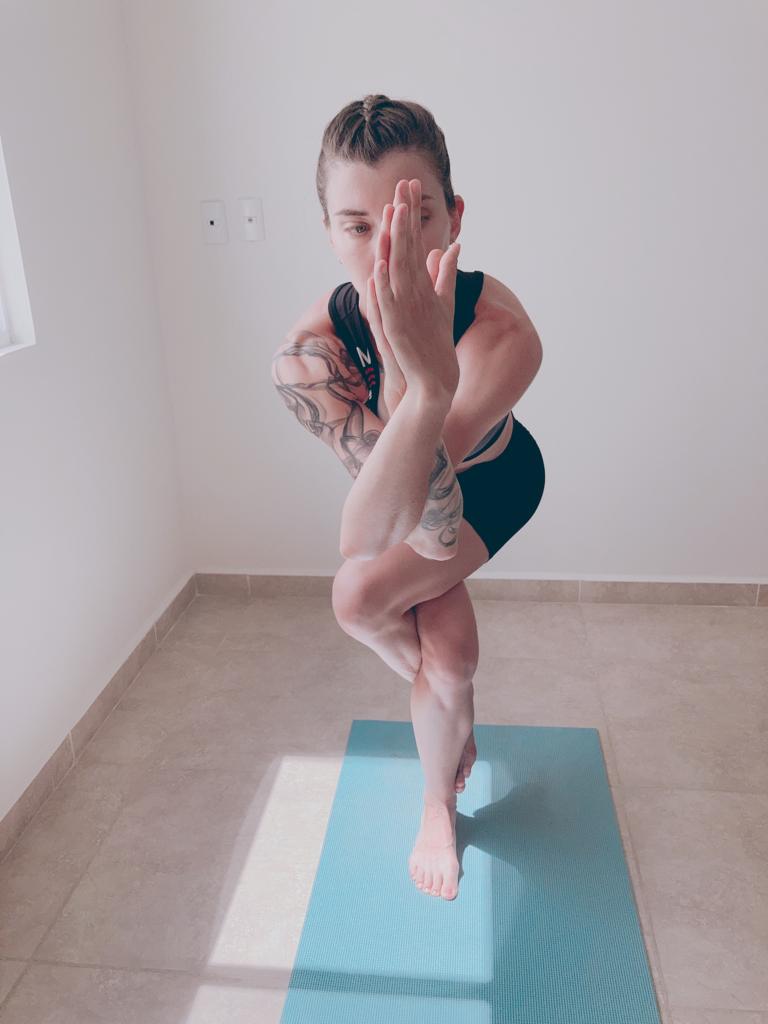
Peripheral vision exercises improve reaction time and hand-eye coordination. You can find various types online and doing it even for 3 minutes a day will show results shortly.
I like my agility drills to work on my coordination, speed, flexibility and balance altogether. It could be a great cardio routine too. You can use ladders, balls, cones and different types of shuffle and run in between them to improve your agility.
Finally, corrective exercises. I use these to address my personal movement compensations and imbalances. For instance, I work on my rotator cuff to improve its strengths and range of motion because I have scar tissue inside from a few different injuries. The best way to start doing those exercises is under the supervision of a physical therapist and later incorporating them into your routine.
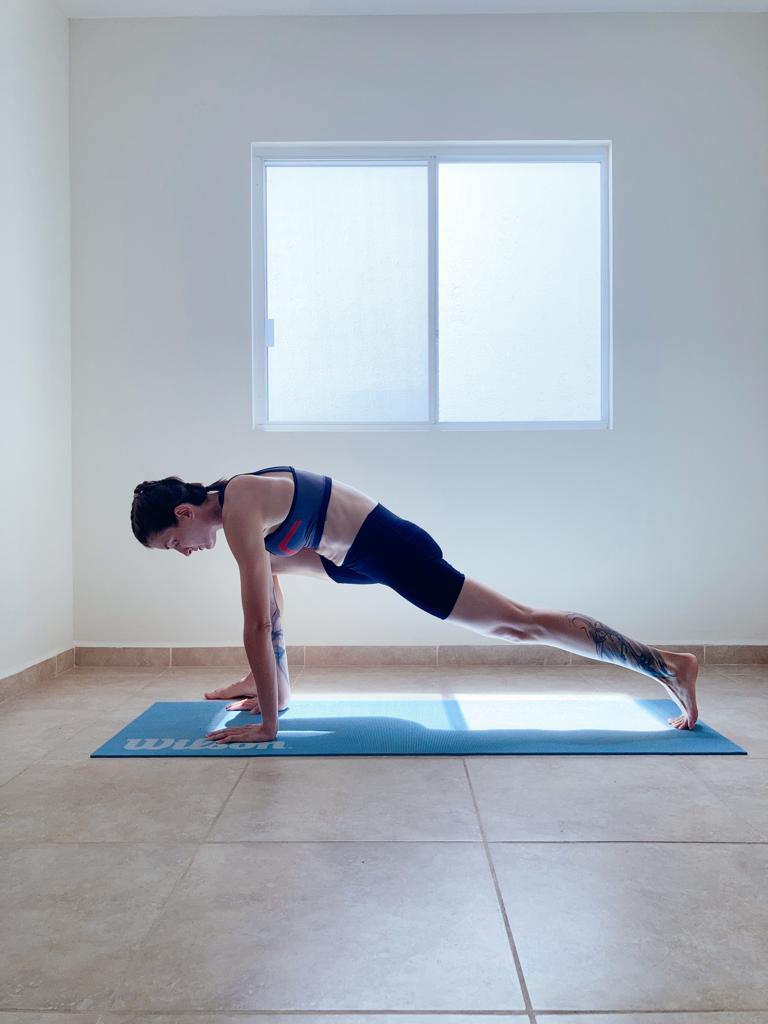
Rest days! As important as training days, or maybe even more important. Training 5 times per week and diving almost every day is something my body is used to but we need to be conscious of the amount of stress we put ourselves through. I will always prioritize sleep over training if I feel exhausted, and yoga over lifting if I am planning a long dive with some deco. There is a whole other article to be written on how exercises influence your on- and off-gassing, and you should look into this if you’re someone who dives and exercises on a regular basis.
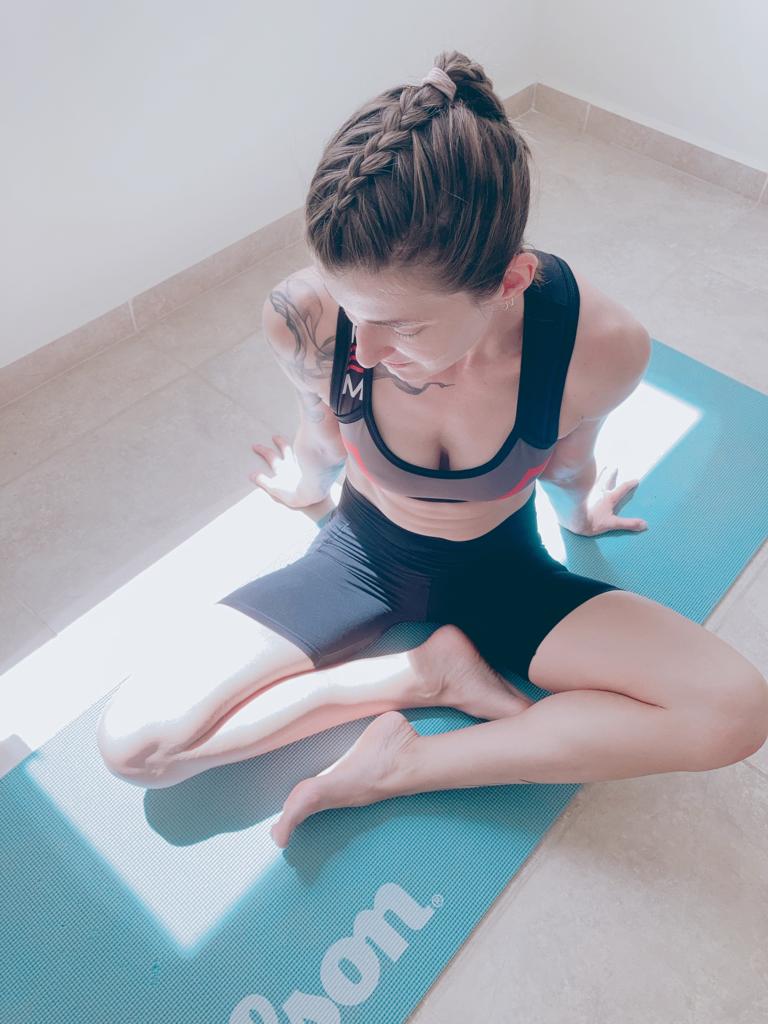
Taking care of physical fitness is absolutely essential if you want to progress with your diving and be a real asset to your team.
If you are new to exercising and don’t have a very active lifestyle, I’d recommend starting small. Find your motivation, set up a reachable goal. Pick something that you can do on a regular basis, and just stick with it until it becomes a habit. If it’s 10 minutes of stretching a day and a couple of thirty minute walks during the week – great! It means, over 7 days you devoted two hours to your health and well-being. If you have access to a gym or space to do some exercises at home, awesome. Learn proper techniques, practice in front of a mirror, and prioritize good form over number of weights and repetitions. This is a marathon, not a sprint. If your goal is a long-term relationship with fitness, you need to build a solid platform for this, to avoid any injuries and burning out. If you can afford it, I’d recommend hiring a personal trainer for at least a month to learn the movements. This is a great investment in yourself. There are also a lot of good sources of information out there, including full on training programs and in depth videos online.
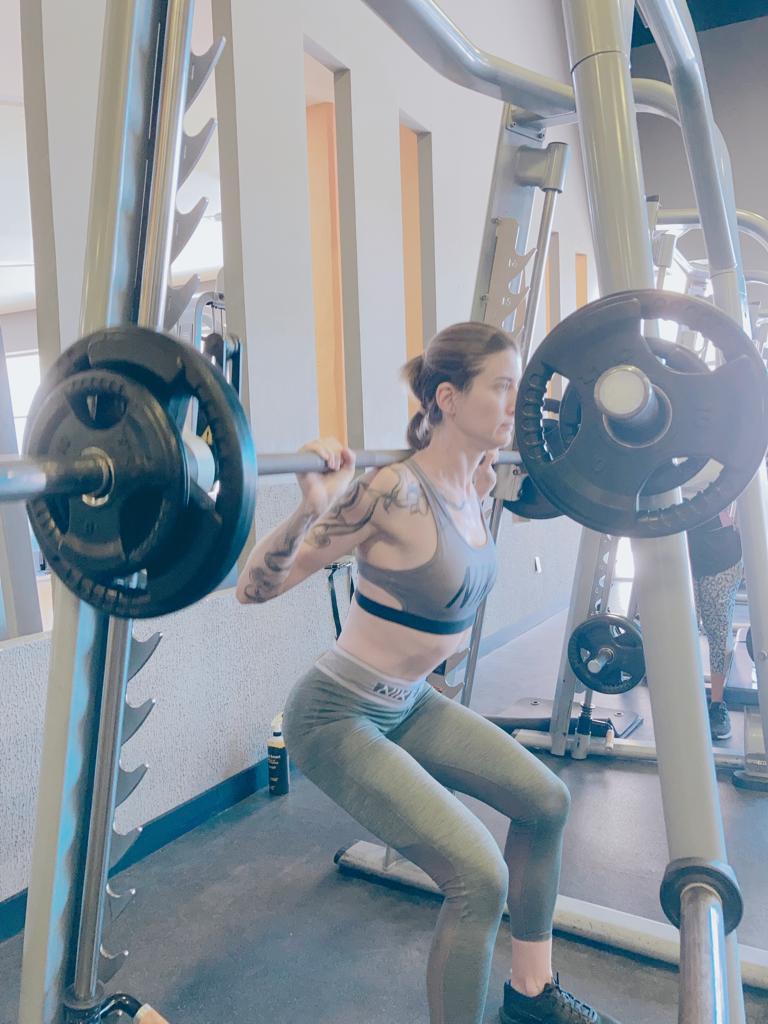
Once you’re on the path, then it comes down to discipline. Trust me, some days discipline is the only thing that takes me out of the bad and to the gym. But it feels great once I do it, and certainly the final result is worth it!
